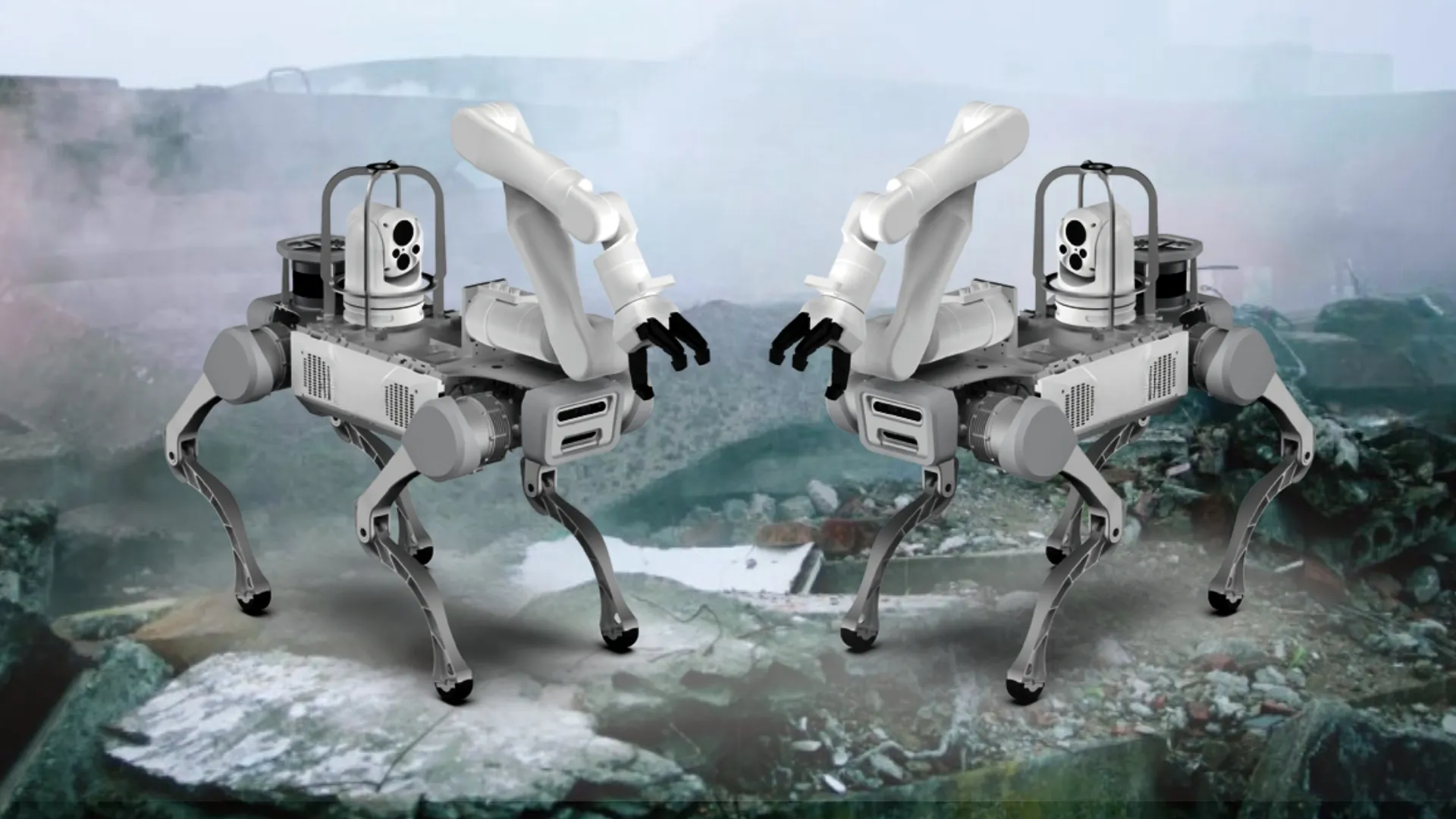Indice dei contenuti
ToggleWe are at a new step in industrial evolution. Accelerations, after all, can only be more and more sudden, and revolutions, drastic.
The propulsive thrust, this time, comes directly from the European Commission who, for some time now, has been discussing the so-called Industry 5.0.
Exactly, net of a transition to the dictates of the now "old" Industry 4.0 still limping or incomplete for many homegrown companies, industries are once again called to evolve.
The guidelines are clear and had already been exposed in January 2021 in a publication of the European Commission itself, entitled “Industry 5.0 – Towards a sustainable, human-centric and resilient European industry”.
At the center of this fifth industrial revolution, more precisely, there are sustainability And resilience, but above all a human-centric approach, which is exactly what we want to talk about.
What does Industry 5.0 consist of?
To better understand what the new one consists of Industry 5.0, let's start from some points already known, i.e. those in common with the current one Industry 4.0.
The driving force behind the fourth industrial revolution, which is still fully underway, is undoubtedly theartificial intelligence (AI), i Big Data, L'IoT, L'Industrial IoT, and the collaborative robotics.
L'Industry 5.0, in a nutshell, incorporates these systems with human intelligence, rethinking an approach that sees the human being at the center (human-centric, precisely).
The main difference between the fourth and fifth industrial revolution, therefore, is that the latter tends to establish a more balanced and collaborative working relationship between increasingly intelligent and automated industrial technologies and humans.
The idea is to leave behind the preconception according to which humans must compete with robots for jobs, imagining them instead in a relationship of very close, almost symbiotic collaboration.
It is, in fact, one of the most common bugaboos at the onset of Industry 4.0; initial approach phase during which there was fear for theemployment impact of robotics, even collaborative, in sectors such as, for example, that of new logistics 4.0.
The most virtuous and representative technological element of this desired collaboration is represented by the cobots, which therefore qualify as genuine enabling technology for Industry 5.0.
The main advantage of the latter, compared to the implementation of the Industry 5.0 paradigm, is that their integration into industrial processes, especially for multiple tasks repetitive And heavy, provides human operators with greater opportunities to use their creative talent in different tasks.
This fifth cultural revolution, especially in the manufacturing sector, ultimately aims to intervene and reset some incomplete aspects of the previous industrial automation model: from the working conditions of operators to environmental sustainability.
The human-centric approach
What does it mean exactly human-centric approach in Industry 5.0? Simply put, it is an approach oriented towards people and their needs, which places man and not just technology at the center of production.
This means that advanced technologies are used to improve the life and work of operators and not to replace them. Furthermore, we try to create a working environment Safe and comfortable, where operators can carry out their activities efficiently and satisfactorily.
To achieve a truly human-centric approach, therefore, it is necessary to follow some fundamental principles.
First of all, it is necessary to understand the needs of operators and always keep them present in the systems design productive. This means involve operators from the beginning, listen to their opinions and needs and try to satisfy them as efficiently as possible.
Secondly, it will be important to aim for the creation of a safe and comfortable working environment. This, in companies already 4.0, populated by robots, means taking into consideration aspects related to ergonomics and co-presence with "robotic colleagues"
It is in this context that the advantages of the cobots, endowed of hardware and software security systems capable of guaranteeing perfect physical collaboration between man and machine (the so-called PHRI, that is to say Physical Human-Robot Interaction).
Third, we return to a previously mentioned concept: that of use technology to improve the lives and work of operators.
THE cobots, for example, can be used for carry out the most repetitive and tiring activities, while theartificial intelligence it can be used to support decision-making assessments by the operators themselves, as well as for managers.
Furthermore, thanks to theInternet of Things (IoT) it is possible to monitor the working environment and detect any problems before they become critical.
If theIndustry 4.0 it is therefore characterized by connection and digitalisation, with the consequent creation of intelligent factories (Smart Factory), the objective ofIndustry 5.0 is that of take the next step.
This consists in truly taking full advantage of the collaboration between increasingly powerful technologies and human beings, adopting a completely new approach, human-centric precisely.
Co-engineering as a support for Industry 5.0
We have already made it clear: among the solutions that today guarantee greater support to industries, and which have transported them to Industry 4.0, there are collaborative robots (cobots), as well as mobile robots (mobot).
These robots, in fact, are capable of work closely with human operators, without the risk of causing damage or accidents, and they can be programmed and reprogrammed to carry out a wide range of activities.
However, for companies that want to use cobots, it can often be difficult to find a model that perfectly fits their specific needs. And this is where the co-engineering.
When we refer to co-engineering, we are referring to that process of collaboration between automation providers and companies that use their products, based on the sharing of knowledge and skills.
In this context, co-engineering can be used to support creation of increasingly personalized cobots to the needs of the companies that purchase them.
This practice, in fact, allows companies to have a active role in the design and development of their cobots, providing constant feedback to automation suppliers and helping them understand what the specific needs of the companies themselves are.
This means that cobots can be designed to meet the specific needs of businesses, which can differ from industry to industry, business to business, and business to business.
Furthermore, co-engineering can be of great support in the implementation of a project System Integration, that is, to integrate cobots with other existing automation systems within the company, such as machinery, sensors and monitoring systems.
At this juncture, more specifically, we will talk about collaboration between companies and System Integrator.
The key word, ultimately, is customization of solutions.
This is a trend that has already entered the forecasting radar of large collaborative robotics giants such as Universal Robots, and its vice president, strategy and innovation, Anders Beck.
In fact, it is Beck himself who indicates co.engineering as one of the main trends in collaborative robotics for 2023.








